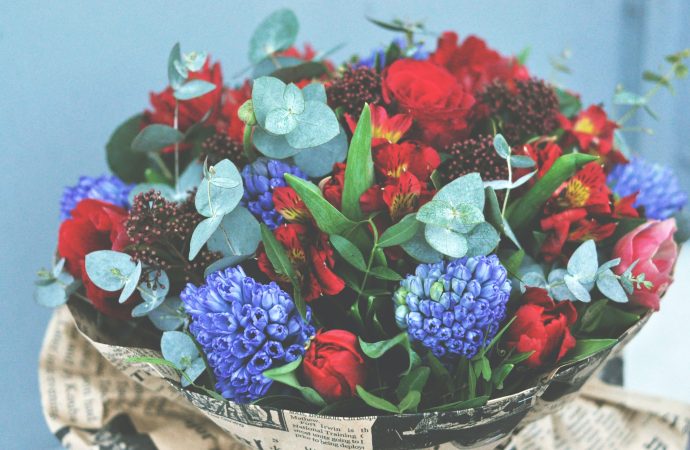Ikebana, the Japanese art of floral arrangement, is a centuries-old tradition that has been passed down through generations It is a form of art that emphasizes simplicity, minimalism, and the beauty of nature. Ikebana is not just about arranging flowers; it is about creating a harmonious balance between the flowers, the container, and the environment.
Ikebana, the Japanese art of floral arrangement, is a centuries-old tradition that has been passed down through generations It is a form of art that emphasizes simplicity, minimalism, and the beauty of nature. Ikebana is not just about arranging flowers; it is about creating a harmonious balance between the flowers, the container, and the environment. In this article, we will explore the techniques and principles of Ikebana and how to master this beautiful art form.
Understanding the Principles of Ikebana
The principles of Ikebana are based on three main elements: line, form, and color. These elements are used to create a sense of balance and harmony in the arrangement. The lines in Ikebana represent the stems and branches of the flowers and are used to create a sense of movement and direction. The form represents the shape and structure of the arrangement and is used to create a sense of balance and harmony. The color represents the hues and tones of the flowers and is used to create a sense of contrast and harmony.
Choosing the Right Flowers and Container
When choosing flowers for an Ikebana arrangement, it is important to consider the season, the occasion, and the environment. The flowers should be fresh, vibrant, and in season. The container should also be chosen carefully, as it is an integral part of the arrangement. The container should complement the flowers and the environment and should be simple and elegant.
Arranging the Flowers
The first step in arranging the flowers is to prepare the stems and branches. The stems should be cut at an angle to allow for better water absorption. The branches should be trimmed and shaped to create the desired form. Once the stems and branches are prepared, the arrangement can begin.
In Ikebana, the flowers are arranged in a specific order, with each stem and branch carefully placed to create a sense of balance and harmony. The tallest stem is usually placed in the center, with the shorter stems and branches arranged around it. The flowers should be arranged in a way that creates a sense of movement and direction, with the lines and forms carefully balanced.
Mastering the Art of Ikebana
Mastering the art of Ikebana takes time, patience, and practice. It is important to study the principles and techniques of Ikebana and to experiment with different flowers and containers. It is also important to develop a sense of intuition and creativity, as Ikebana is a form of art that requires a personal touch.
To master the art of Ikebana, it is also important to attend workshops and classes, where you can learn from experienced teachers and other students. These classes can provide valuable feedback and guidance, as well as opportunities to practice and refine your skills.
Conclusion
Ikebana is a beautiful and meaningful art form that has been passed down through generations. It is a form of art that emphasizes simplicity, minimalism, and the beauty of nature. By understanding the principles and techniques of Ikebana, and by practicing and refining your skills, you can master this beautiful art form and create stunning floral arrangements that bring joy and harmony to any environment.























Leave a Comment
Your email address will not be published. Required fields are marked with *